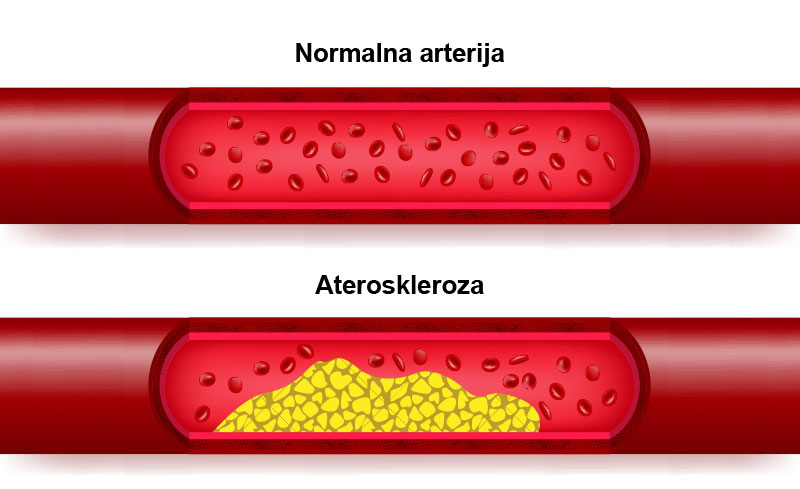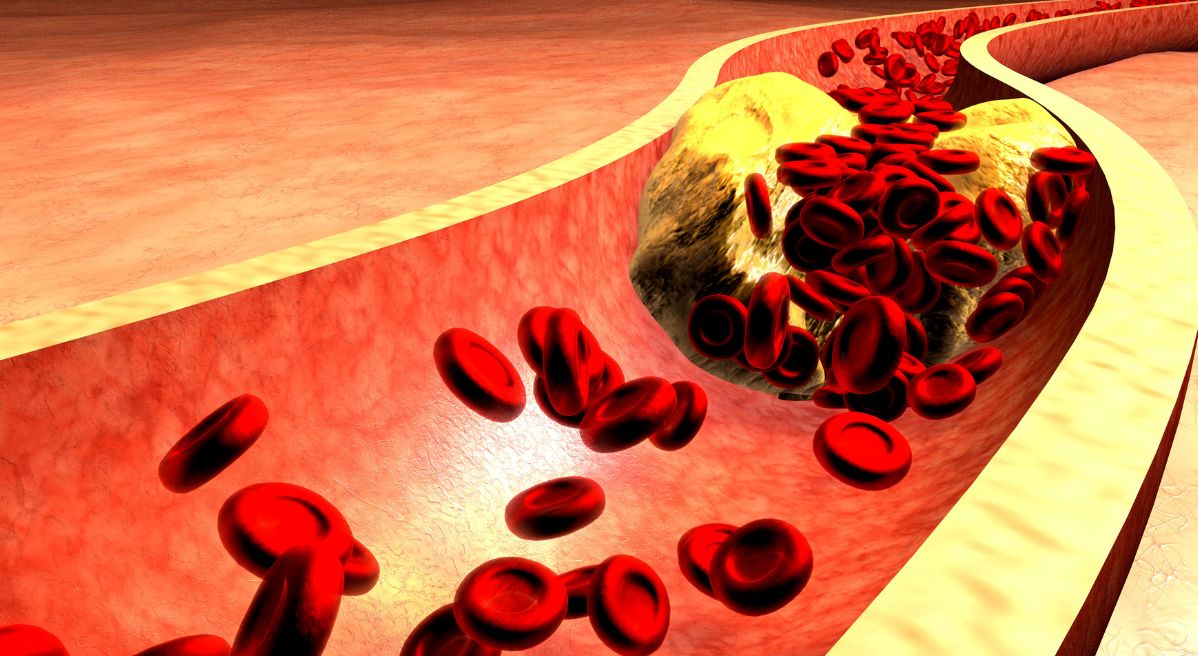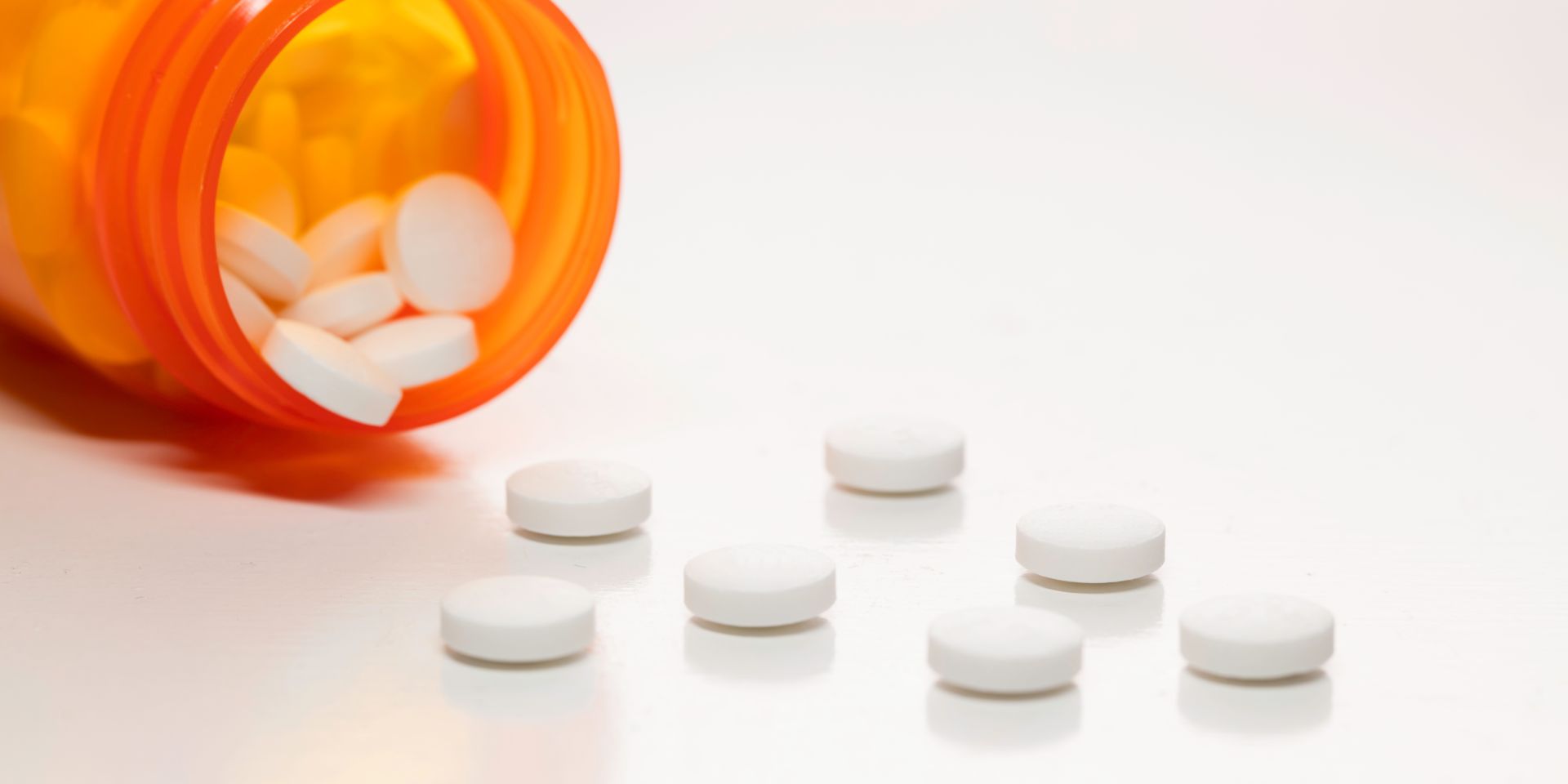Regular examinations, regardless of age, are the best and only way to detect this insidious disease in time. If you need a cardiologist in Belgrade, our team is at your disposal for preventive examinations, various specialist examinations, analysis and interventions.
What is atherosclerosis?
Atherosclerosis is a disease that involves the accumulation of plaque inside the arteries. As a consequence of the formation of plaque, these blood vessels narrow, due to which at one point blood circulation becomes difficult or completely blocked. When plaque affects the aorta, we call it aortic sclerosis. Plaque consists of accumulated fat, cholesterol, calcium, and dead cells. At the beginning of the disease, it includes the inner layers of the arteries, and later it moves to the middle part of the blood vessel wall.
When the amount of plaque increases, the arteries become rigid, hard, lose their elasticity, the permeability of the blood decreases, but with all that, another danger appears. The more plaque there is in the blood vessels, the greater the risk that the part of the plaque can travel through the bloodstream will break off until it reaches a part where it cannot pass, and then a blockage occurs.
Blockage can be partial or complete, and the consequences can be different – from small, with which it is possible to live, which can further develop into serious ones that can threaten life.

Why does atherosclerosis occur and what are the risk factors?
You may have read or heard that atherosclerosis is a disease that starts forming in our body from a young age. This information may upset you, but the fact is that everything we go through in our life affects our blood vessels. After the age of 65, it is not unusual for a person to have signs of atherosclerosis, such as a certain amount of plaque, less elastic blood vessels, older blood vessels in general. What we can do is delay the progression of the disease as much as possible!
For this reason, it is necessary to know which factors influence the faster progression of this disease, which ultimately leads to stroke, heart attack…
- Nutrition plays a huge role in fighting this disease. Healthy, moderate diet rich in vitamins, fiber, minerals, useful amino acids, antioxidants helps our cardiovascular system. People who have high LDL (low density cholesterol) and low HDL (high density cholesterol) are at a much higher risk of developing problems with the patency of blood vessels.
- Diseases including diabetes, which again has to do with lifestyle and diet, is also a risk factor and increases the chance of developing blood vessel disease.
- High blood pressure, i.e. hypertension, also has a negative effect on the health of blood vessels, making them more prone to the development of atherosclerosis.
- Bad habits such as smoking, alcohol consumption, obesity, inactivity are also dangerous habits that lead to problems with blood vessels.
What are the symptoms of atherosclerosis?
If there is developed atherosclerosis, the symptoms may be:
- a feeling of pain, pressure, or discomfort behind the sternum
- pains that spread from the sternum over the shoulders, to the neck, arms
- angiogenic pain triggered by stress or physical activity
- numbness
- weakness
- dizziness
- stiffness of the legs
- pain in the legs
- infections in the lower extremities
Symptoms of atherosclerosis are usually not noticed or do not appear for years. This is an insidious and silent disease that develops for a very long time, imperceptibly. You have noticed that the spectrum of potential signs is extremely wide, and the reason for this is the different localization of the plaque in the blood vessels. The level of plaque can increase everywhere or only in certain parts of the arteries, so depending on whether the heart, brain, or lower extremities are affected, the symptoms differ.
It is not a rare situation that the first obvious symptoms are already seriously threatening events such as, for example. heart attack or stroke.
How to detect atherosclerosis in time?
Actually, discovering that you have problems with plaque build-up is not that complicated. At least once a year, it is necessary to do some basic blood tests as a preventive measure, such as a complete blood count, cholesterol, triglycerides, and it is also not bad to check your sugar once a year. Apart from this, according to the doctor’s advice, you should at certain intervals do color doppler of the blood vessels of certain regions (neck – carotids, blood vessels of the legs and arms, abdomen, head).
All analyses can be done at the Pulse Cardiology Center, and if we see that there is a need, we can offer you many others tests in order to accurately diagnose and successfully treat your problem.

Consequences of atherosclerosis
The consequence of this disease is poor permeability of blood vessels, as a result some organs receive less oxygen-rich blood than necessary, which must lead to some difficulties with those organs. Depending on where the narrowing or blockage is, that part of the body will suffer. If there is a blockage in the blood vessels of the brain, the patient will have problems with coordination, speech, understanding, some may even develop signs of dementia, and when a stroke occurs, the affected part of the brain dies. There is an extremely wide range of problems that a person can have after a stroke, and one of the scenarios includes death.
When the arteries near the heart are blocked or narrowed, a heart attack occurs. It is also possible to block the arteries near the kidneys, due to which the functioning of these organs will be difficult. The lower extremities can also be affected, and the signs will be obvious as the person will not be able to move normally due to pain and tingling in the legs.
How is this disease treated?
Patients who are diagnosed with atherosclerosis at an early stage can slow down its development by changing their lifestyle and diet. A high level of fat is one of the main drivers, and this can be solved with healthy food, introducing physical activity into life… If necessary, patients receive therapy, but even then, they must not neglect healthy habits and regular check-ups.
We should not forget the fact that stress does not help in this case, it can further accelerate the development of the disease. That is why it is important to take care of your mental health if we want healthy blood vessels and a healthy heart.
Prevention of atherosclerosis
Unfortunately, as we have already stated, we acquire the potential for the development of this disease immediately after birth, but there are many ways in which we can influence it to prevent its faster and more devastating development. The way we live affects the formation of plaque that makes the artery walls hard and inelastic, and the artery itself clogged. If we abstain from smoking, alcohol, fatty, unhealthy food, we are already well on our way to cleaner and more functional blood vessels.
A healthy diet, average weight, moderate physical activity, a better way to control stress and regular check-ups are the right recipe for healthy blood vessels. Our goal is not only the diagnosis and treatment of cardiovascular diseases, although we are successful in this, and we are truly committed to it. Nevertheless, it is necessary to raise the awareness of as many people as possible about disease prevention and preventive examinations as a factor without which you cannot know whether other preventive measures have been implemented in a good and efficient way.
For this reason, we often remind you – Do not wait until something hurts you to do preventive examinations when there are no symptoms, because cardiovascular diseases usually do not even have them in the early stages. At the Pulse cardiology center, the Center for Atherosclerosis has been established, where, in addition to accurate diagnosis and treatment, you will also receive all the advices on treatment and changes in life activities.
If you are not sure what examination do you need, give us a call, we are here to give you advice and provide the best and fastest service.





